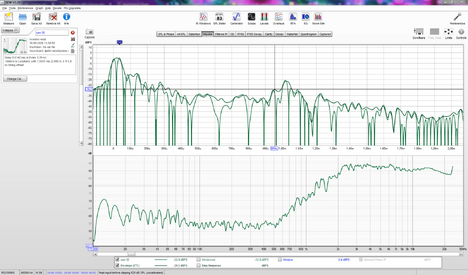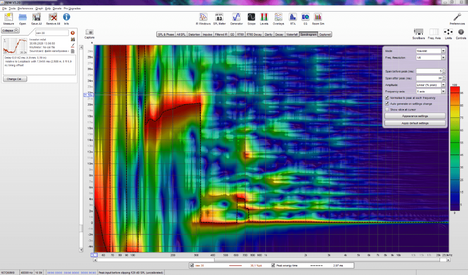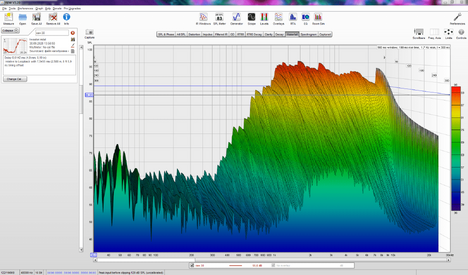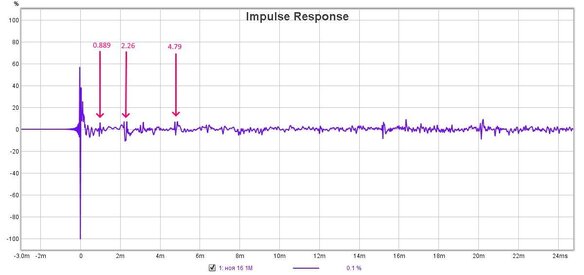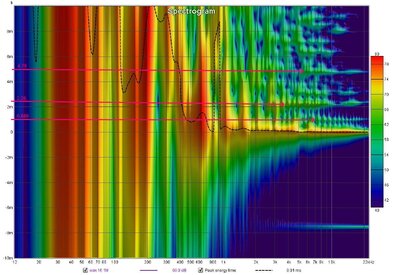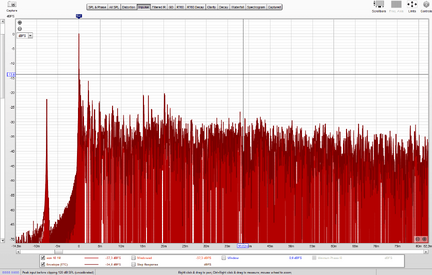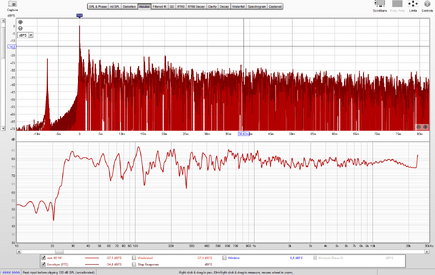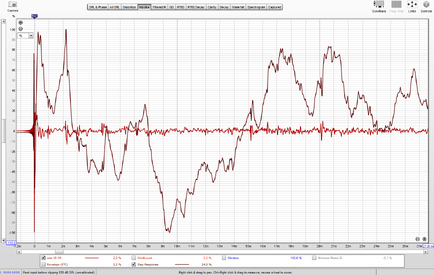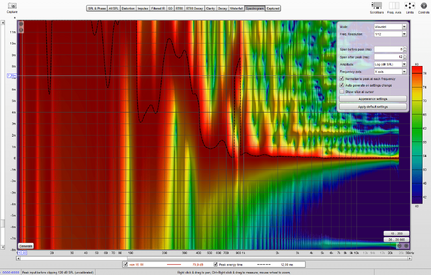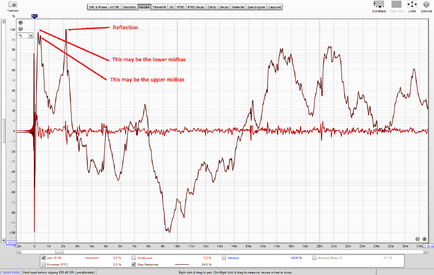jtalden
Senior Member
More
- Preamp, Processor or Receiver
- Marantz AV7705 Pre/Pro
- Main Amp
- VTV 6 chnl NC252MP P-amp x 2
- Additional Amp
- Behringer DCX2496 x 2
- Universal / Blu-ray / CD Player
- OPPO BDP-103 Universal Player
- Front Speakers
- DIY SEAS H1456/H1212 Spkr x 5
- Subwoofers
- DIY JBL 2235H 15" SW x 2
- Screen
- Da-Lite Da-Snap 39105V - 92"
- Video Display Device
- JVC DLA-X790R
Corrected Post - again sorry
John's statement:
"the first peak at about 885 us the sound travelled an extra 343 m/s * 885 us = 304 mm. 304 mm is the wavelength for 1130Hz"
Check your math:
John applied this math to an early wall reflection. It is clear a 20 ms reflection is not early in your data. The sound energy at 20.2 ms is the result of all the room effects that occur at that time and space.
John's statement:
"the first peak at about 885 us the sound travelled an extra 343 m/s * 885 us = 304 mm. 304 mm is the wavelength for 1130Hz"
Check your math:
| First Peak | Extra Distance | Frequency | |
| s | m | Hz | |
| John's Example | 0.000885 | 0.304 | 1130 |
| sm52 question | 0.0202 | 6.929 | 49.50 |
John applied this math to an early wall reflection. It is clear a 20 ms reflection is not early in your data. The sound energy at 20.2 ms is the result of all the room effects that occur at that time and space.
Last edited:








